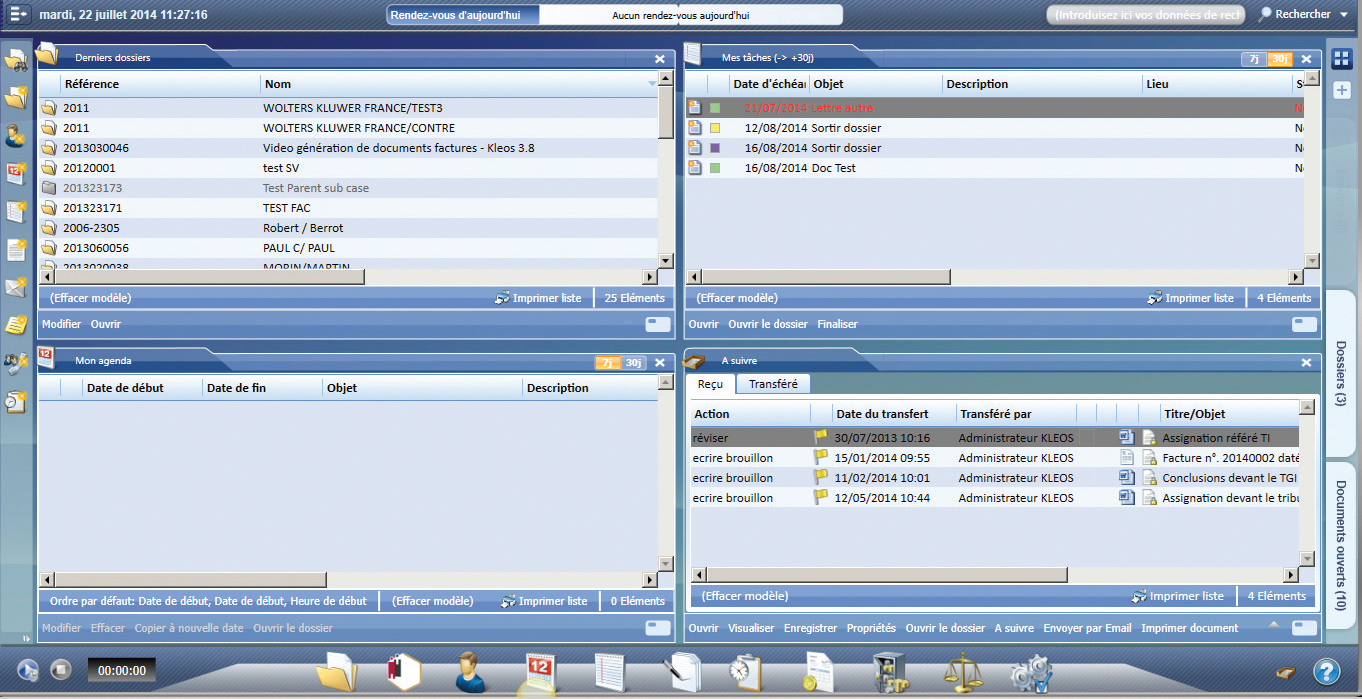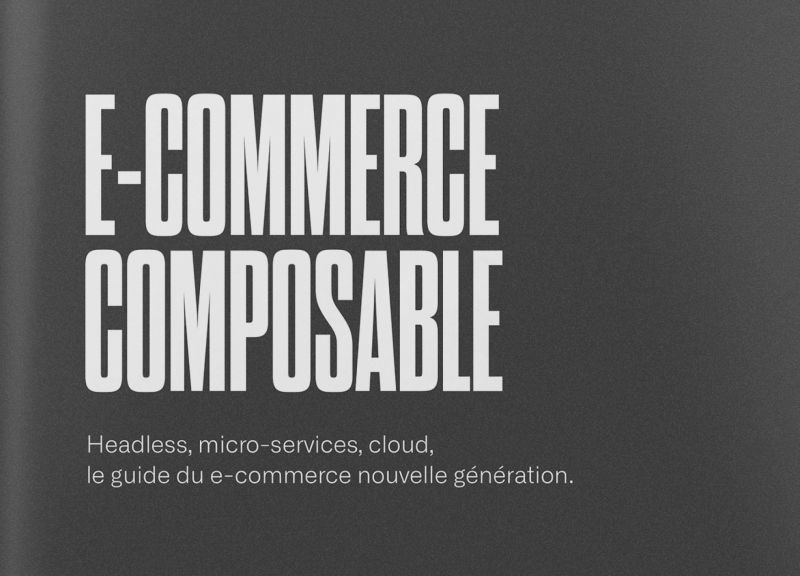Who can do more can do less. Most of the so-called "desktop" professional software has been designed with this in mind: a lot of functionality to cover all the user's needs, including the minor ones. All served by a grey interface with tabs or multiple navigation menus. Usually served cold with its user guide.

This reflex is still present. Why is this?
Because simplicity of use is not always appreciated. Keeping things simple means accepting to do less, to relegate, or even to delete. "What will our customers say if we remove functions? They will have the impression that the software is less complete! "
Don't be afraid. By discarding the superfluous in favor of the essential features, the content becomes easier to organise and the application easier to use. Too many choices increase the time it takes to make a decision and therefore the time it takes to learn. This relationship between the number of choices and user behavior has been scientifically established (Hick's Law). From the user's point of view, the answers are obvious: our preference is always for the simplest, the most efficient or the fastest.

But the temptation does not always come from within, it also takes the form of a recurring wave of customer requests. That's another challenge: being able to evolve the application while maintaining its ease of use. Jason Fried and David Heinemeier Hansson, the two founders of 37 Signals, publishers of the project management application Basecamp, have explored this subject in depth in their book Getting Real (free). At the risk of sounding peremptory, their position is that they do not incorporate requests for additional functionality from their customers in order to maintain a clear and coherent vision of their product.
"That's why you start by saying no. Every new feature request that comes to us - or from us - is rejected. We listen but we don't take it on board. Our first response is 'not now'. If a request comes in regularly, that's when we start to look at it. Then, and only then, do we take it seriously.
And what do you say to people who complain when you don't follow up on their feature proposal? Remind them of the main reason why they like the application.
"You like it because we say no. You like it because it doesn't do a hundred things at once. You like it because it doesn't try to please everyone all the time. "Jason Fried - Translated from Getting Real
Summary
Article created on . Edited on .

